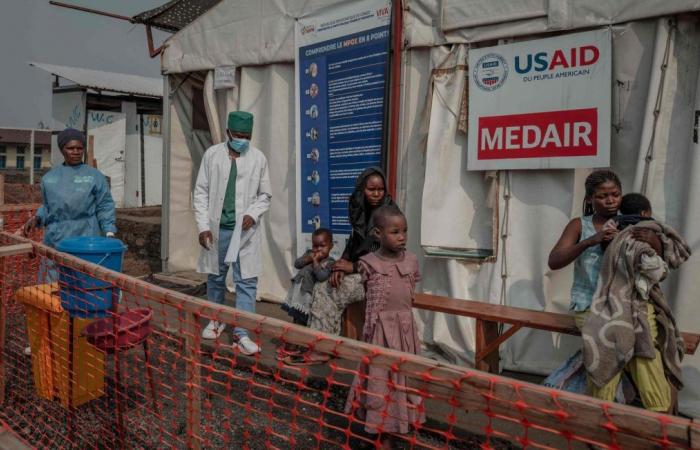After Mpox, are we seeing the emergence of a new epidemic in the Great Lakes region of East Africa? Six people have died in Rwanda infected with the Marburg virus, a hemorrhagic fever similar to Ebola, the country’s health minister announced on Saturday. This very dangerous pathogen causes high fever often accompanied by hemorrhages affecting several organs. Around twenty patients were also treated, Health Minister Sabin Nsanzimana told local media.
“Those who were infected and those who died were mainly health professionals,” he added, adding that efforts were underway to trace and test people who had been in contact with them.
A virus identified for the first time in Germany
The Marburg virus is part of the filovirus family, to which the Ebola virus also belongs, which has already caused several deadly epidemics in Africa. It takes its name from the German town of Marburg, where it was first identified in 1967, in a laboratory where employees had come into contact with infected green monkeys imported from Uganda. Animals can transmit it to primates living near them, including humans. Human-to-human transmission then occurs through contact with blood or other bodily fluids.
Several epidemics in the past
In Africa, the first outbreak of Marburg was recorded in South Africa in 1975, followed by two more in Kenya in the 1980s. Since then, outbreaks have been reported in Angola, Ghana, Guinea, Uganda and the Republic Democratic Republic of Congo and in 2023, in Equatorial Guinea and Tanzania.
There are no vaccines or antiviral treatments approved to fight the virus. However, supportive care – oral or intravenous rehydration – and treatment of specific symptoms increase the chances of survival.






